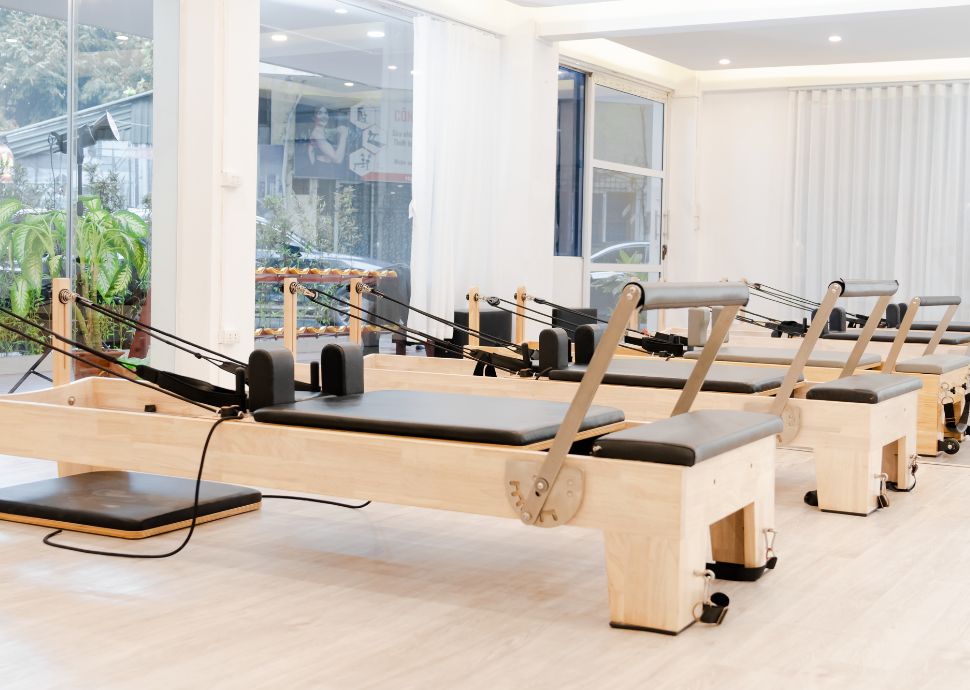6. Find out where to buy the most reliable fitness equipment for commercial gyms.
Finding the best fitness equipment will ultimately be up to your budget and your preferences, but there are some questions you should ask before making your final decision.
- Does the company offer warranty?
- What additional services, if any, do they provide?
- Do they offer any discounts? If so, how can you qualify?
- Is there an option to finance the equipment?
Finding the most reliable fitness equipment for commercial gyms starts with knowing where to shop. Look for suppliers who specialize in commercial-grade equipment, as it’s built to withstand heavy use and meets the demands of a busy studio. Established brands like Life Fitness, Precor, and Technogym have earned a reputation for producing high-quality, durable equipment.
Reach out to these manufacturers directly or work with authorized distributors who can provide product warranties, expert advice, and after-sales support. Online platforms that cater specifically to fitness businesses, such as Gym Source or Fitness Superstore, also offer a wide range of trusted brands and equipment types to suit your needs.
For a more hands-on approach, attend fitness expos and trade shows like IHRSA Convention, where you can test equipment, meet vendors, and negotiate pricing directly. If you’re open to refurbished equipment, companies like Primo Fitness and Used Gym Equipment offer certified second-hand options at significant discounts.
Always choose suppliers with transparent pricing, positive reviews, and clear return policies to ensure you’re investing in equipment that stands the test of time. Building relationships with reliable vendors ensures smoother upgrades and expansion in the future.





